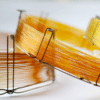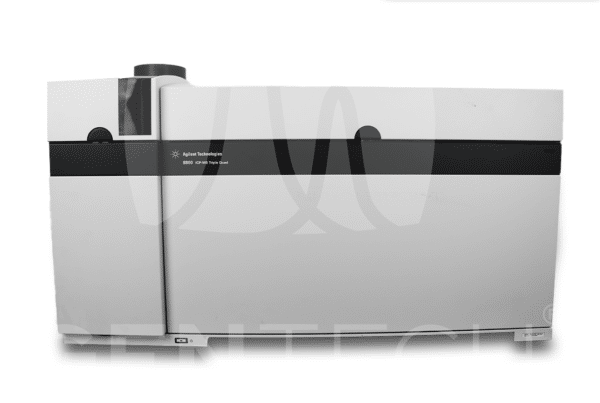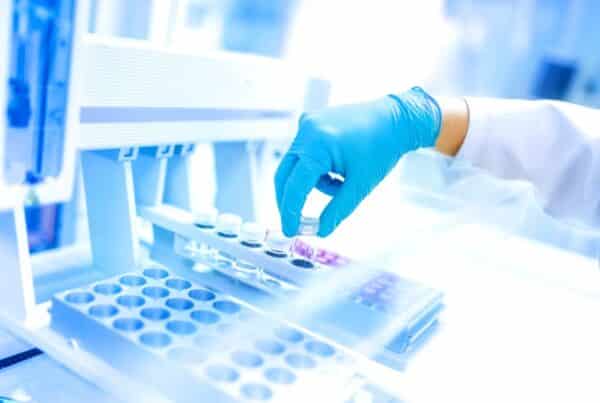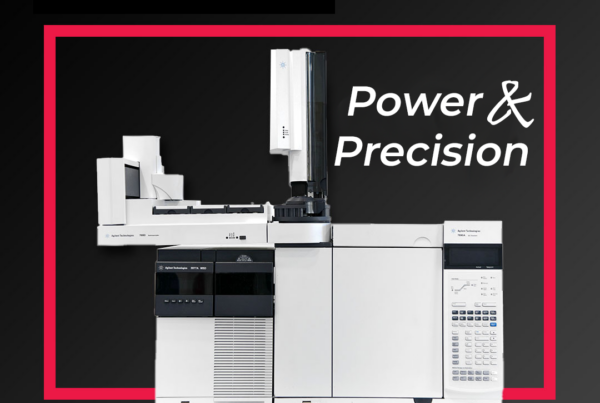The mass spectrometer has become a useful tool over the years for researchers and laboratories around the world. This analytical tool has applications in industries such as forensic science, toxicology, metabolomic snapshots, and airport security to detect explosives. Basically, if you need to identify the molecules within a mixture of some sort, mass spectrometry is a method that will help you detect the different particles. However, mass spectrometry is more complicated than that, which is why you’re probably asking yourself how mass spectrometry works. Well, there are four steps in the process, and we’ll cover them all below.
The Four Steps of Mass Spectrometry
Ionization
Once you place a substance into the spectrometer, the mixture gets overwhelmed by electrons, causing the molecules to become ions. This process allows lab technicians to examine the molecules individually since the spectrometer separated the mixture. The separation occurs because as the electrons collide with the mixture, the collision can force parts of the mixture to become positive ions.
Acceleration
Now that parts of the mixture have become ions, the mass spectrometer forces ions through a chamber of high voltage that includes an electric field. This electric field entails a magnetic force that ultimately separates the ions based on their masses and to enter the deflection stage.
Deflection
The spectrometer then sorts the ions based on their mass and charge, that way the lab technician can analyze the ion’s response to the magnetic force. The mass and charge of ions result in the ions bending at different strengths. For instance, most ions that go through mass spectrometers have a charge of 1+, but the masses can vary. For example, if an ion is lighter, the curve will be stronger, and if the ion is heavier the curve will be weaker.
Detection
As the ions separate based on their respective mass and charges, the spectrometer can collect data based on the ions that pass through and collide with the detector on the machine. The detection process allows scientists to both measure and analyze the strength of a substance’s ions and the molecules that the machine separated before.
Mass spectrometry, though it sounds complicated, is a very common method because the machine is user-friendly after some training. In addition, spectrometry is a favorite among professionals because of the machine’s accuracy and industry versatility. You’ll no longer ask yourself how mass spectrometry works. Instead, you can work confidently with your knowledge.
At GenTech Scientific, we understand that new lab equipment is expensive, which is why we specialize in refurbished equipment. Our industry expertise and in-house refurbishing process allow us to offer competitively priced refurbished spectrometers for sale. Shop GenTech for refurbished lab equipment today.







